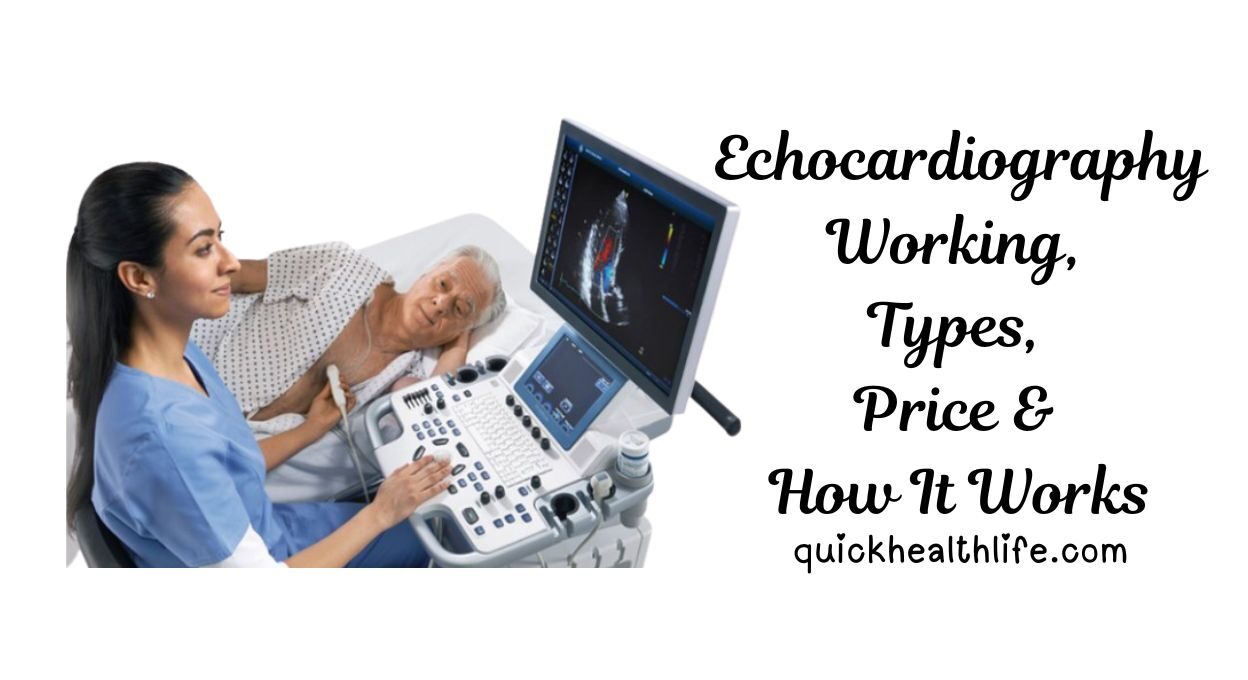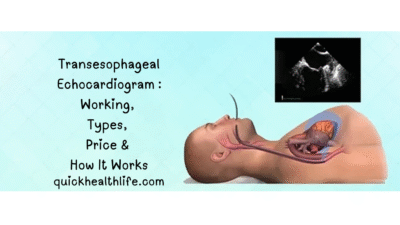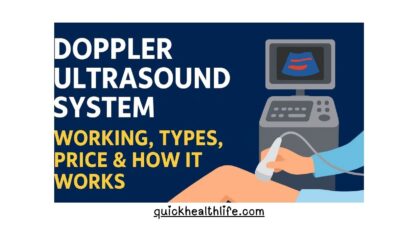Cardiac health has become a focal point in modern medicine. With cardiovascular diseases ranking among the leading causes of mortality worldwide, diagnostic technologies are playing a crucial role in early detection and management. Among these, echocardiography stands out as one of the most reliable, non-invasive, and widely used tools for assessing heart function. The backbone of this diagnostic technique is the echocardiography machine, a sophisticated device that combines ultrasound technology with advanced imaging to reveal the heart’s inner workings in real time.
Table of Contents
How Does an Echocardiography Machine Work?
The fundamental principle of an echocardiography machine is the use of high-frequency sound waves. A transducer placed on the patient’s chest emits ultrasound waves that bounce off the heart structures. These echoes are then captured by the transducer, converted into electrical signals, and processed by the system into moving images displayed on a monitor.
Key steps in the workflow include:
- Transducer Placement – positioned on various chest sites or even through the esophagus for specialized imaging.
- Sound Wave Emission – ultrasound pulses penetrate tissue and reflect from cardiac structures.
- Signal Conversion – echoes are transformed into digital signals.
- Image Generation – a real-time view of heart chambers, valves, and flow dynamics appears.
- Analysis – cardiologists interpret the results to form an echocardiography report.
Interestingly, patients often ask: how is an echocardiogram done on a woman? The process is largely identical for men and women, though in women, adjustments are sometimes needed due to breast tissue placement. Skilled technicians ensure positioning is comfortable and imaging quality is optimal.
Types of Echocardiography Machines
Different technologies within echocardiography provide tailored insights:
- 2D Echocardiography
- The most common form.
- Provides cross-sectional, two-dimensional images.
- Essential for basic structural and functional assessment.
- The 2d echo machine price is relatively affordable compared to advanced types.
- 3D Echocardiography
- Offers three-dimensional visualization of the heart.
- Superior in pre-surgical planning, valve assessment, and congenital heart disease diagnosis.
- The 3d echo machine price is significantly higher due to advanced imaging capabilities.
- Doppler Echocardiography
- Measures blood flow velocity and direction.
- Useful in diagnosing valve stenosis, regurgitation, and heart failure.
- Transesophageal Echocardiography (TEE)
- Involves inserting a probe into the esophagus for detailed images.
- Particularly beneficial when chest wall imaging is limited.
- Portable Echocardiography Machines
- Compact, handheld, or laptop-based models.
- Useful in rural healthcare, ambulances, and home visits.
- The portable echocardiography machine price varies widely, but it is increasingly popular due to accessibility.
Price of Echocardiography Machines
The cost of acquiring an echocardiography machine depends on brand, type, and features.
- Standard models – Basic 2d echo machine price ranges between ₹7,00,000 and ₹15,00,000 in India.
- Advanced models – A 3d echo machine price may range from ₹20,00,000 to ₹50,00,000 or higher.
- Portable units – The portable echocardiography machine price in India is between ₹4,00,000 and ₹10,00,000, depending on brand and configuration.
- Philips echocardiography machine price in India – Known for reliability and image quality, Philips models range from ₹10,00,000 for basic models to over ₹50,00,000 for premium machines.
In international markets, prices may differ based on import duties, brand availability, and after-sales service agreements. Hospitals typically consider not only purchase cost but also maintenance, training, and upgrade support.
Echocardiography Test Price
For patients, one frequent concern is the echocardiography test price. In India, costs range from ₹1,000 to ₹5,000 depending on city, hospital type, and whether it’s a 2D or 3D echo. Specialized procedures like transesophageal echocardiography are priced higher, often between ₹8,000 and ₹15,000.
When searching for echocardiography near me, patients often find variability based on whether the test is done in a government hospital, private diagnostic center, or corporate healthcare facility. Insurance coverage can reduce out-of-pocket costs significantly.
Practical Applications of Echocardiography
Echocardiography is indispensable across a spectrum of clinical settings:
- Diagnosis – Detecting congenital defects, valvular abnormalities, and cardiomyopathy.
- Monitoring – Assessing progression of diseases like heart failure.
- Emergency care – Quick imaging in critical cases such as suspected cardiac tamponade.
- Surgical planning – 3D imaging is particularly vital before complex valve replacement surgeries.
The versatility of the echo machine in hospital environments ensures that cardiology departments rely heavily on it for both routine and critical decision-making.
Echocardiography in Education
Medical students and cardiologists-in-training often rely on learning resources such as an echocardiography ppt to understand the principles and practical applications. These presentations cover topics ranging from machine basics to advanced Doppler physics, ensuring future clinicians gain proficiency in interpretation.
Patient Experience
Patients undergoing an echocardiography procedure often find it to be painless and non-invasive. After lying comfortably on an examination table, gel is applied to the chest, and the transducer is moved across specific areas. The entire process takes about 30–45 minutes. Once completed, a cardiologist prepares the echocardiography report, detailing findings like ejection fraction, valve motion, and wall thickness.
This report is critical in guiding treatment, whether it involves medication adjustments, surgery, or long-term monitoring.
Advantages of Echocardiography Machines
- Non-invasive and painless
- Provides immediate, real-time results
- No exposure to radiation, unlike CT scans or X-rays
- Wide accessibility, from large hospitals to portable use in remote areas
- Useful across all age groups, including pediatrics and geriatrics
These strengths make echocardiography a first-line diagnostic tool in cardiology worldwide.
Future Trends in Echocardiography
Technology continues to evolve, making echocardiography machines even more powerful:
- AI integration – Automated measurements and advanced analytics are improving diagnostic accuracy.
- Miniaturization – Handheld models now bring echo technology to bedside and rural clinics.
- Tele-echocardiography – Remote consultations are enabling specialists to interpret results from distant locations.
- Enhanced 3D and 4D imaging – Providing detailed insights for surgeons and interventional cardiologists.
These trends will likely impact both accessibility and echocardiography machine price in the future.
Conclusion
Echocardiography is not just a test; it is a window into the heart’s vitality. With its non-invasive approach, versatile imaging capabilities, and critical role in modern cardiology, the echo machine in hospital settings is indispensable. From basic 2D models to advanced 3D and portable systems, each type serves unique clinical needs.




[…] Read More: Echocardiography Machine: Working, Types, Price […]